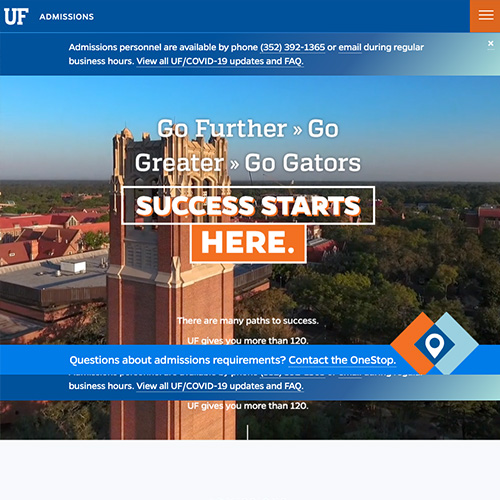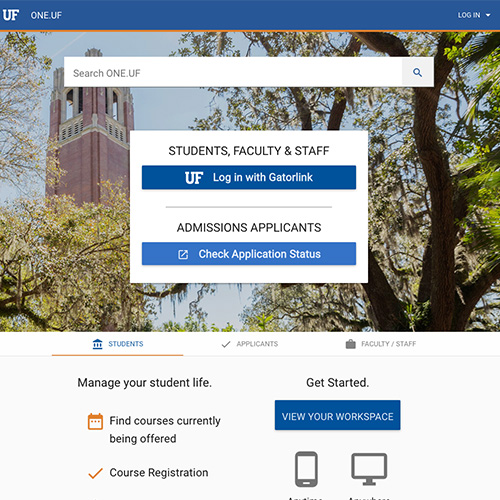FEAP 2i.- Utilizes current & emerging assistive technologies that enable students to participate in high-quality communication interactions & achieve their educational goals
Printable Version (.pdf)
|
UNSATISFACTORY |
DEVELOPING |
ACCOMPLISHED |
EXCEPTIONAL |
| The desk of a hearing impaired student is in the back of the room near her small group teaching table.
ESL students are not allowed or given any vocabulary assistance tools. A student asks the teacher to allow him/her to use assistive technology in completing an assessment, but they are denied. |
Tahlia has an audio copy of the social studies book at home. So she can “pre-read” the chapters.
The teacher has a file of audio clips available on the current social studies topic available for her blind student. Students are allowed to extract pictures from the internet to enhance class projects. The teacher allows for students to choose from two different approaches to complete an assignment. |
Because of his limited hand function, Darius uses a keyboard with large keys.When Annie broke her arm, the teacher got her a larger mouse.
The teacher has a selection of books on tape in the class library. The student uses graphic organizer software to do his assignment. A visually impaired student uses text-reading software when writing a story so he can edit his work. One of the students has headphones to help with the teacher’s volume.
|
George uses the computer that the teacher has pre-set to flash instead of beep to accommodate his hearing disability.
AnQuan uses the computer that the teacher pre-set to enlarge the screen when doing his google search to study animals in Antarctica. Sam uses and iPad with the dictation application to review the books he reads during independent reading time. Malani uses a device that speaks out loud as she enters text via a keyboard to share her response to the assigned science article.
|
Where noted, examples based on:
“(D)” – Danielson C. (1996). Enhancing professional practice: A framework for teaching.
Alexandria, Va: Association for Supervision and Curriculum Development.
“(M)” – Marzano, R. J. (2007). The art and science of teaching: A comprehensive
framework for effective instruction. Alexandria, Va: Association for Supervision and Curriculum Development.
Resources:
http://www.youtube.com/watch?v=dWWT96BzfGc
http://www.internet4classrooms.com/special_needs_assistive.htm
http://www.ncrel.org/sdrs/areas/issues/methods/technlgy/te7assist.htm
http://www.ehow.com/about_5349049_types-assistive-technology-classroom.html
http://www.asha.org/public/hearing/Hearing-Assistive-Technology-for-Children/




